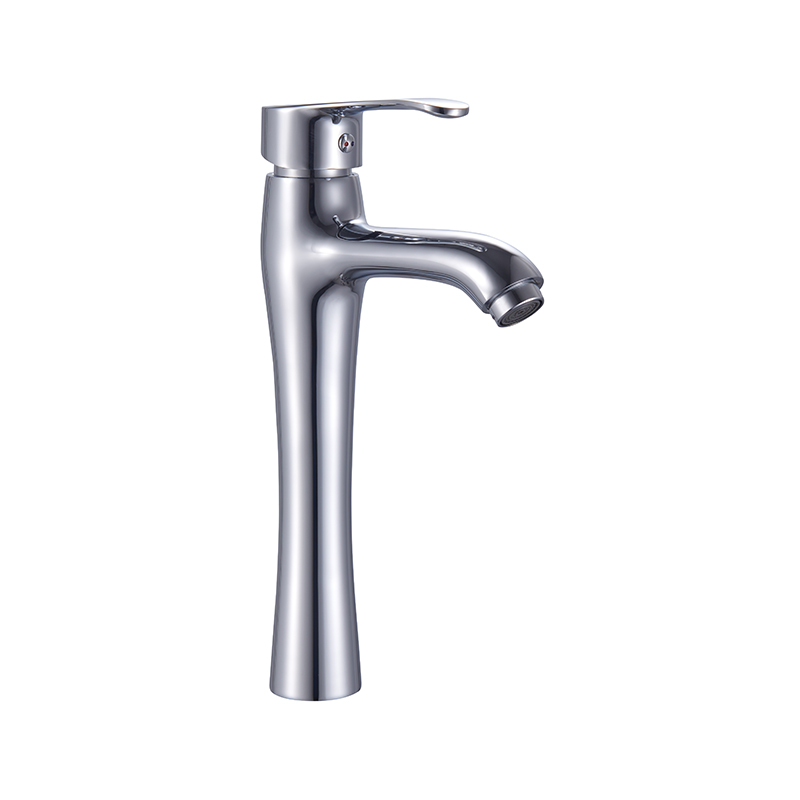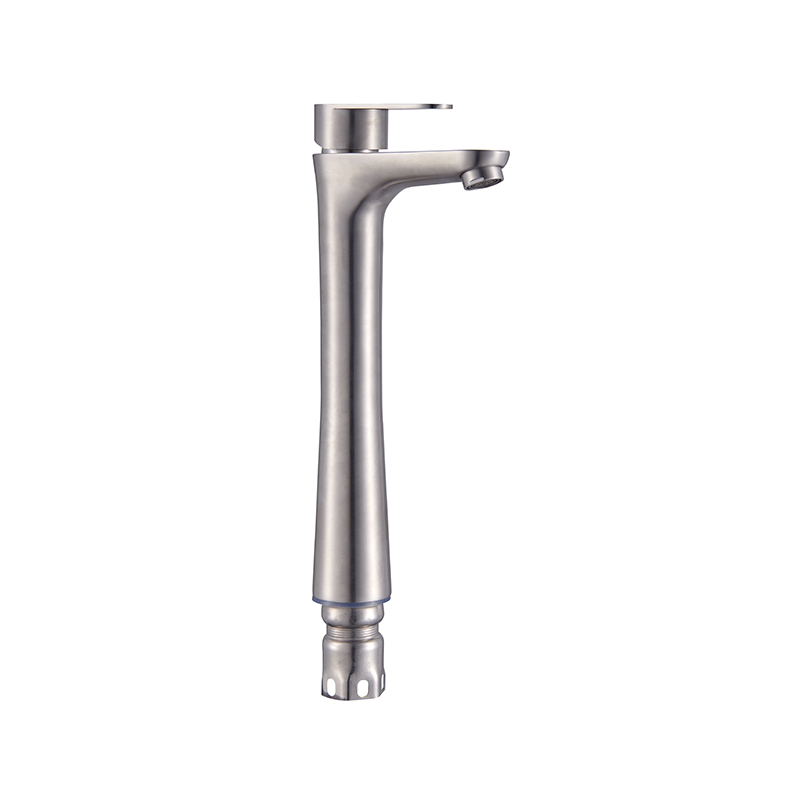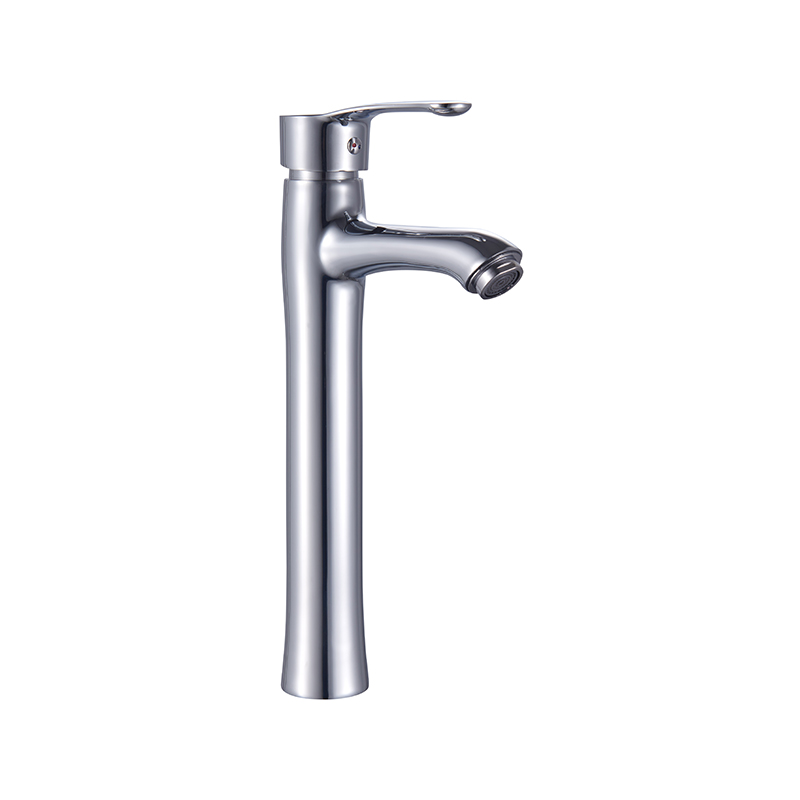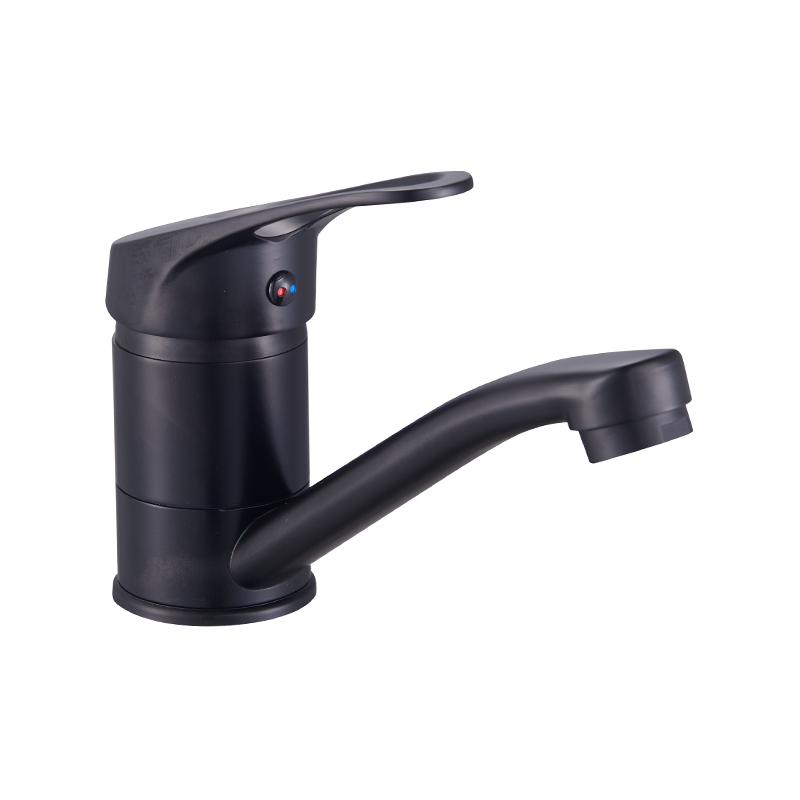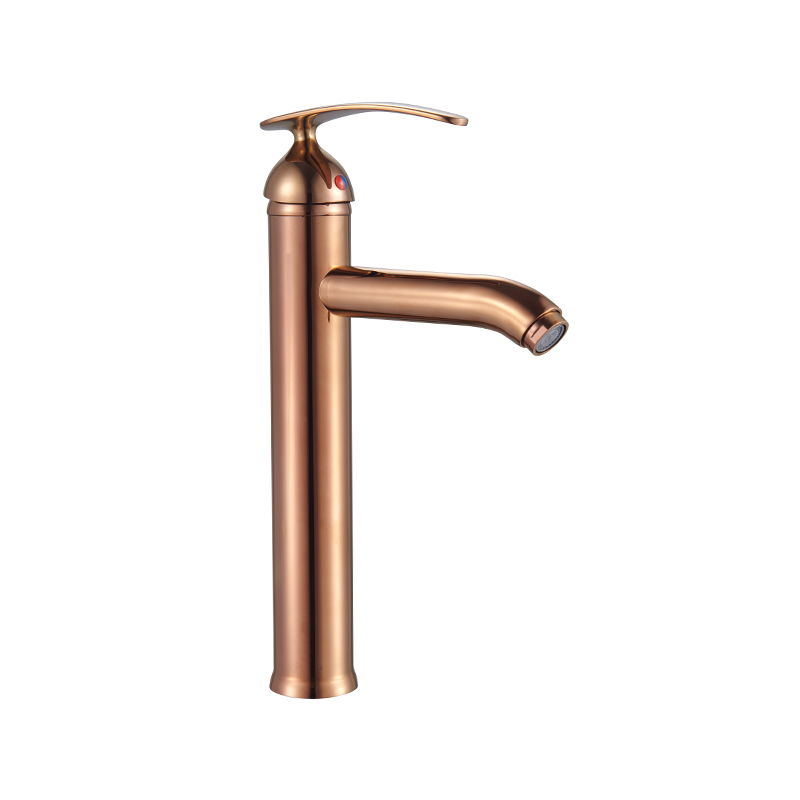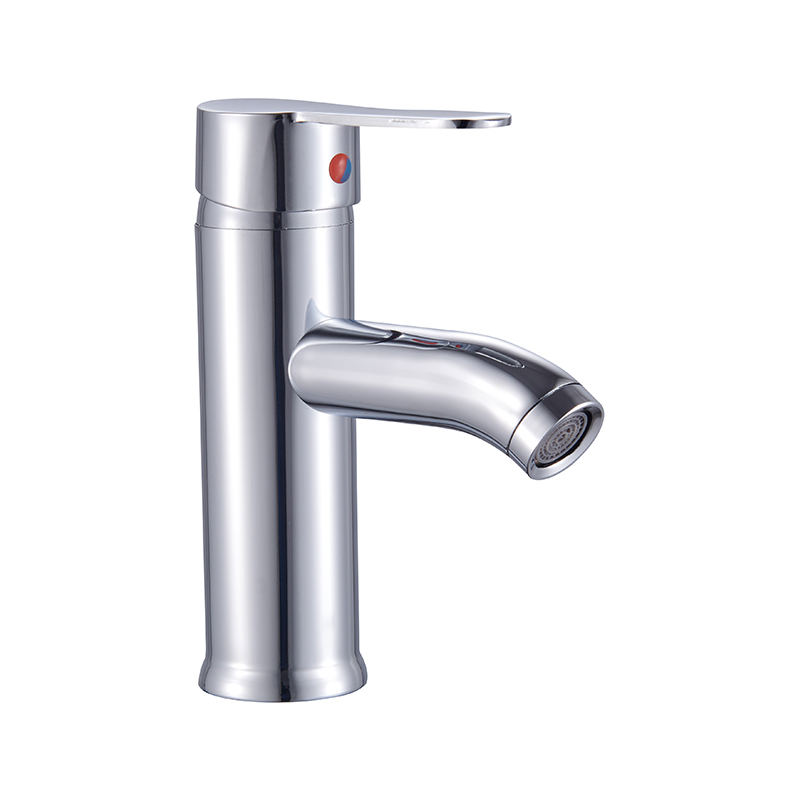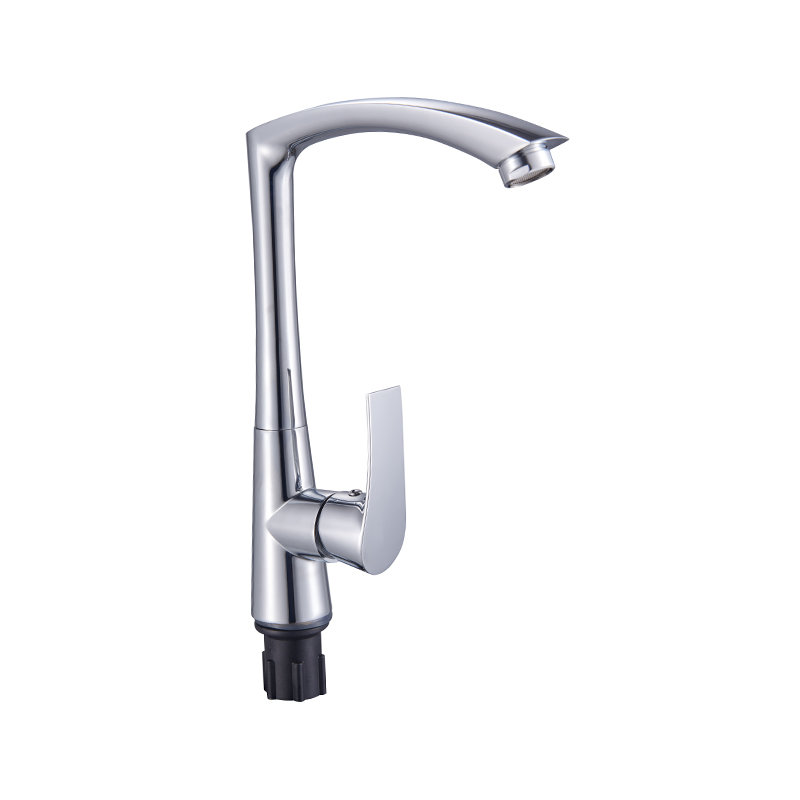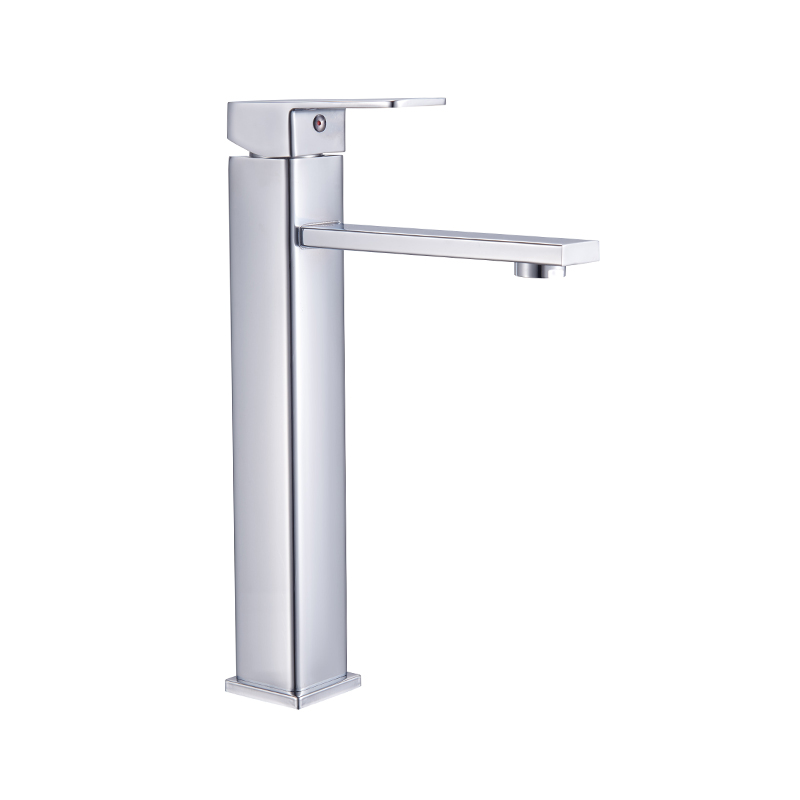Water conservation has become increasingly important in recent years, and making smart choices in bathroom fixtures can help reduce water consumption without sacrificing comfort or style. In this guide, we'll explore how various fixtures, such as freestanding bath shower mixers, wash hand basin mixer taps, and monobloc bath mixer taps, can contribute to a more water-efficient bathroom. We'll also share tips on what to look for when choosing fixtures that promote water conservation.
1. Understanding Water-Efficient Fixtures
Water-efficient bathroom fixtures are designed to reduce the amount of water used during daily activities, such as showering, hand washing, and bathing. They achieve this through features like flow restrictors, aerators, and smart technology that limits water output without compromising the user's experience. Making the switch to water-efficient fixtures can significantly lower household water usage and reduce utility bills over time.
2. Freestanding Bath Shower Mixers: Style Meets Efficiency
Freestanding bath shower mixers are a popular choice for modern bathrooms due to their elegant design and flexibility. These fixtures typically feature a freestanding spout that extends over the bathtub, with a handheld showerhead attachment. When selecting a freestanding bath shower mixer with water efficiency in mind, look for models equipped with flow restrictors or water-saving showerheads that can smaller the water used during a bath or shower.
Additionally, opting for a mixer with an adjustable temperature setting can help reduce water waste. This feature allows you to find the desired temperature quickly, avoiding the need to run the water longer than necessary. Some models also include an eco-mode function, which restricts the water flow further for a more sustainable bathing experience.
3. Wash Hand Basin Mixer Taps: Everyday Efficiency
Wash hand basin mixer taps are used multiple times a day, making them a crucial element in promoting water efficiency. These taps combine hot and cold water streams into a single spout, allowing users to easily adjust the temperature with one handle or lever. When choosing wash hand basin mixer taps, consider models that come with aerators.
Aerators mix air with water to create a steady, bubbly stream while using less water overall. This simple but effective addition can make a significant difference in daily water consumption. Many aerated taps provide a similar feel to regular taps but use much less water, helping you conserve without even noticing the change. For added efficiency, some wash hand basin mixer taps feature in precious sensors or touch-free operation, which help reduce water wastage by automatically turning the tap off when not in use.
4. Monobloc Bath Mixer Taps: Combining Functionality and Savings
Monobloc bath mixer taps are designed to control both water temperature and flow from a single spout with a lever or twin handles. These taps are typically mounted on the bath's edge or deck, providing a streamlined look. To enhance water efficiency, look for monobloc bath mixer taps with built-in flow limiters or regulators. These features restrict the up-to-flow rate, ensuring that even if the tap is fully open, the amount of water used remains controlled.
Another way to improve water efficiency with monobloc bath mixer taps is by choosing a thermostatic model. Thermostatic taps automatically regulate the water temperature to a pre-set level, helping to reduce the time spent adjusting the temperature and thereby limiting water wastage. Thermostatic models are especially beneficial for families, as they provide safety by preventing sudden changes in water temperature.
5. Tips for Choosing Water-Efficient Fixtures
When selecting water-efficient fixtures for your bathroom, consider the following factors:
- Flow Rate: Check the flow rate of the fixture before purchasing. Lower flow rates typically indicate more water-efficient models. For example, a flow rate of 6 liters per minute or lower is considered efficient for basin mixer taps.
- Aerators and Flow Limiters: Look for fixtures that include built-in aerators or flow limiters. These devices help reduce water usage without affecting performance.
- Smart Technology: Consider taps and mixers that incorporate smart technology, such as motion sensors or temperature presets. These features can help further small water waste by limiting the time the fixture is running.
- Eco-Friendly Features: Some fixtures come with special settings designed for water conservation, such as eco-mode or half-flush functions for bath taps and shower mixers. These can significantly reduce water use during daily activities.
6. The Benefits of Water-Efficient Bathroom Fixtures
Installing water-efficient fixtures in your bathroom can yield numerous benefits. It helps lower your water consumption, which in turn reduces your monthly water bills. It also contributes positively to the environment by conserving a vital natural resource. Additionally, these fixtures can improve the functionality and aesthetics of your bathroom, offering a modern appearance while incorporating sustainability.
Water-efficient fixtures, such as freestanding bath shower mixers, wash hand basin mixer taps, and monobloc bath mixer taps, are valuable investments for homeowners who want to create a bathroom space that is both stylish and environmentally conscious. By carefully selecting fixtures with the right features and technologies, you can enjoy a comfortable bathroom experience while making a positive impact on the environment.
Water conservation in the bathroom starts with choosing the right fixtures. Freestanding bath shower mixers, wash hand basin mixer taps, and monobloc bath mixer taps can all contribute to a more water-efficient home when selected with care. Look for models equipped with features like aerators, flow restrictors, and smart technology to ensure that your bathroom is as efficient as it is elegant. With the right approach, water-saving practices can become a seamless part of your daily routine, benefiting both your home and the planet.
 Language
Language
 English
English русский
русский Español
Español عربى
عربى Phone
Phone
 Email
Email



